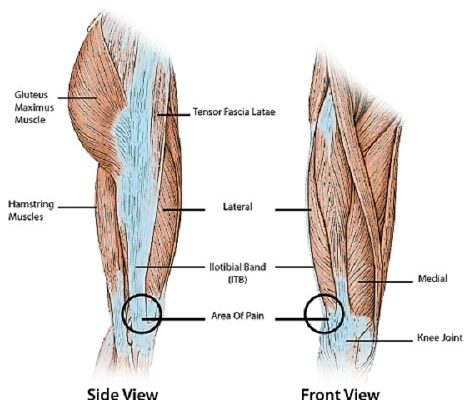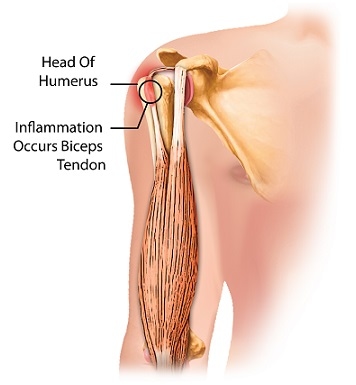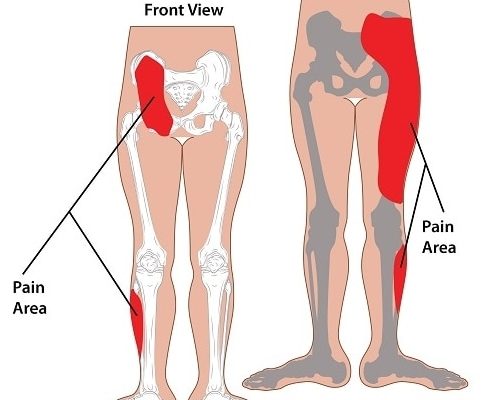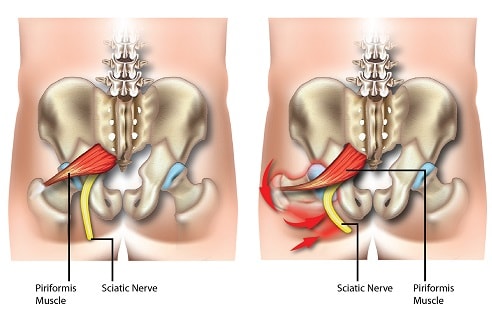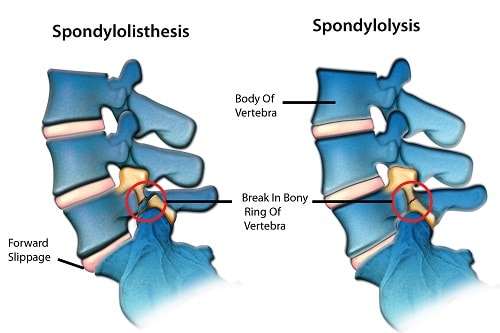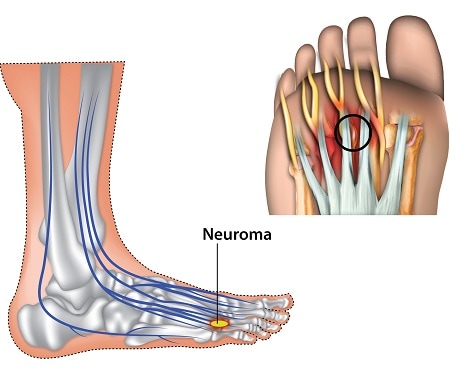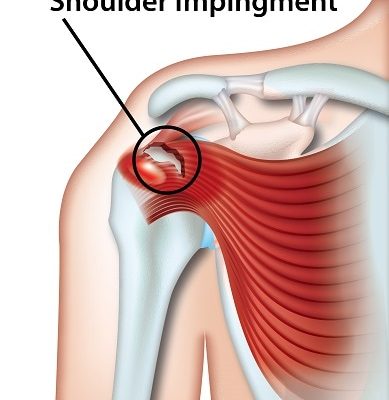Pinched Nerve
A pinched nerve, otherwise called entrapment neuropathy or nerve compression syndrome, is a common term used to describe the injury to a nerve or set of nerves. While it can occur in any part of the spine, it is most common in the neck and lower back. It is a common problem for the upper extremities, …



